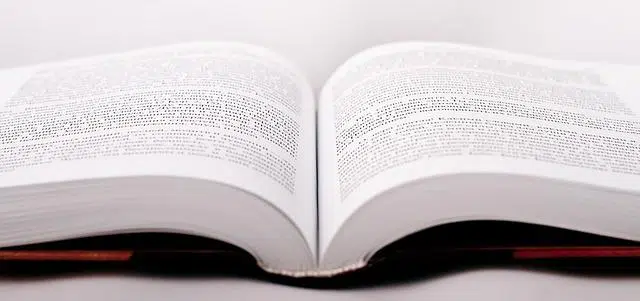
An expository text aims to transmit information.
The coherent set of statements with communicative intent is known as text . The expository adjective, for its part, refers to the one or thing that exposes (that is, that makes something manifest or makes it known ).
These two concepts allow us to approach the definition of expository text . These are texts whose purpose is to transmit information and disseminate knowledge about a certain topic. They are characterized, therefore, by the display of objective data along with their corresponding explanations.
The expository text can be aimed at the general public or at a group of readers with specific interests. For this reason, a distinction can be made between informative expository texts (which are aimed at a wide range of people and do not require prior knowledge about the topic they deal with) and specialized expository texts (which, given their high degree of difficulty, require prior knowledge related to with its content).
Structure of an expository text
The most common structure of the expository text includes a central concept along with a wide range of complementary information. Likewise, it is usually structured through a presentation , a development and a conclusion . At the end of reading, it is expected that the reader will have acquired new knowledge thanks to the author's effective presentation of the topics.
Detailed description, comparison of concepts, examples and definitions are some of the linguistic resources most used by most authors of this type of texts. Regarding the format in which they are usually found, we can mention encyclopedias, manuals, scientific journals, journalistic articles and even the rules of a board game , written in their corresponding instruction booklet.

Encyclopedias are based on expository texts.
Most common strategies
Often the central point is presented and a series of related concepts are defined that are essential for understanding the first; Finally, when all the necessary tools are available, the main topic is taken up and presented in detail. This structure should reflect the intellectual growth of readers, who begin with a vague idea of what they want to learn and become, after reading, experts on a subject.
When it comes to very extensive, very broad topics, the texts are usually divided into two or more parts, as happens with scientific texts and certain journalistic articles presented episodically .
The author of an expository text
As in any written work of an informative nature, an expository text requires its author to have knowledge of the themes developed through it. Whoever comes to read it has a need to satisfy, which may well revolve around learning a subject or researching a very precise question; It is not in search of an artistic vision or more questions than those it carries before beginning.
Given that the consumption of a text is a very specific phenomenon and easy to delimit, regardless of the complementary queries that are made later, it is important that the author puts readers' concerns first when choosing and organizing the content. To achieve a product that effectively satisfies the public's expectations, the writer must make sure to take them into account from the conception of the work.
It is very important to remember that an expository text should not include personal opinions, especially those that may provoke readers in a negative way; Some examples are racist or anti-religious comments, or contempt for a famous person or company. These elements are typical of the yellow text, since they seek to generate violent reactions in the public, and are the starting point of controversies and verbal attacks, which currently take place mainly on the Internet.
